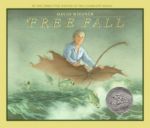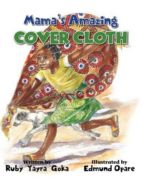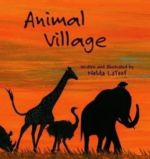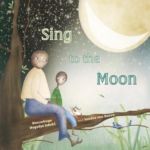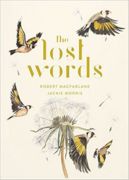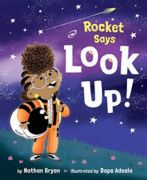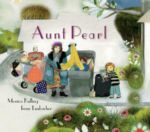
Aunt Pearl arrives one day pushing a shopping cart full of her worldly goods. Her sister Rose has invited her to come live with her family. Six-year-old Marta is happy to meet her aunt, who takes her out to look for treasure on garbage day, and who shows her camp group how to decorate a coffee table with bottle caps. But almost immediately, Pearl and Rose start to clash over Pearl’s belongings crammed into the house, and over Rose’s household rules. As the weeks pass, Pearl grows quieter and more withdrawn, until, one morning, she is gone.



